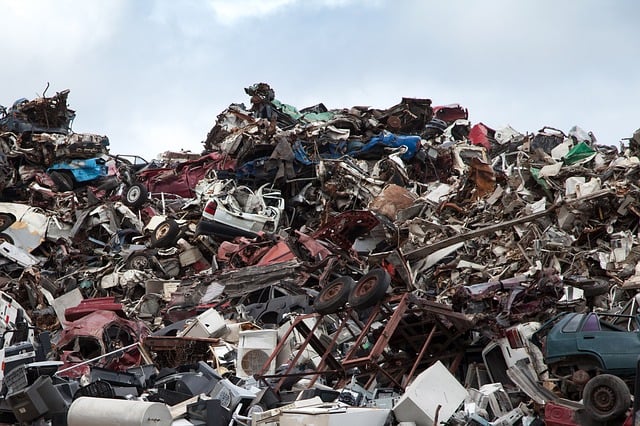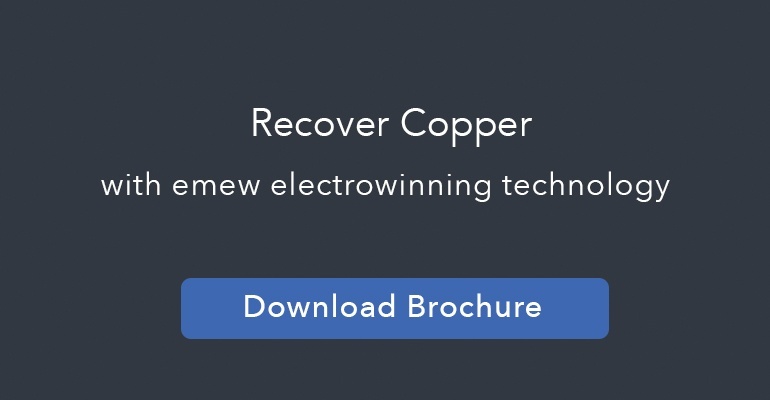In a world that is increasingly demanding sustainability, nonferrous metal recycling has become a very important practice. Opting for recycling does not only mean being responsible for the environment and reducing the carbon footprint, it is also a very reasonable business in industries that rely on using non-renewable resources.
Fortunately, non-ferrous metals, especially nickel, silver, copper, aluminum, and tin all share the property of being able to undergo an
Recycling is also an economically sound decision as using already extracted materials, even for metals such as aluminum which is pretty much omnipresent, is cheaper than mining all over again. In fact, the numbers show that in some cases it is even possible to save up to 95% of energy costs if recycling is chosen as the number primary production method for aluminum.
However, recycling non-ferrous metals can be a problematic task as they will not always come in their pure form. Oftentimes, they are found in all sorts of liquid and solid mixtures from which they need to be extracted and purified before further use. Three methods used today for non-ferrous metal recycling are electrowinning, precipitation, and non-ferrous sensors.
Electrowinning
Electrowinning, which is also known as electroextraction, is, on the surface of it at least, a relatively simple process of extracting dissolved metals from their dissolved states using electricity. In the
Precipitation
The second processing method for non-ferrous metals is precipitation. It is also the most widely used method for metal recovery from aqueous solutions. Precipitation can also be used for wastewater treatment; a process in which metals are recovered from aqueous waste solutions.
This method includes two metal removal sub-methods called co-precipitation and adsorption. So as not to go into too
The end result is called the “precipitate” while the chemical that causes this is called the “precipitant.” The most commonly used precipitants are sodium and calcium hydroxides or oxides which are used to increase the pH resulting in insoluble metal hydroxides.
 Metal Sensors
Metal Sensors
Finally, non-ferrous metal sensors are becoming widely used in sorting and extracting non-ferrous metals from scrap, most of which originated from end-of-life vehicles or from e-waste. For example, sensors are used for the detection and extraction of specific non-ferrous metals from
According to the Institute
However, both methods are largely unreliable as the first method relies on human intervention and observation, while the second method relies on the density of said materials. The problem arises because some of the non-ferrous metals are of similar densities so they will not be separated from each other using gravimetric techniques. Using sensors, including for example X-ray transmission technology which can target different materials based on their atomic density, is significantly more reliable and almost completely removes arbitrariness enabling the enhanced separation of the scrap materials acquired.
For example, in the case of finely cut copper-containing wires, which are often accompanied by traces of brass or stainless steel, using sensor-based technology makes it possible to detect and remove copper particles smaller than 1mm in size from the mixture ensuring purity of greater than 99%; a rate that could never be matched by most sophisticated sink-float mechanisms or the most scrutinizing eyes.
To sum up, some commonly used methods for metal recycling and recovering non-ferrous metals are sensor-based methods that rely on the use of sensors to detect and sort specific metals, precipitation methods mainly used for recovery from aqueous solutions, and wastewater treatment, and electrowinning that has broad application across many different industries. It is important to note that all three of these methods are complex and that describing them in greater detail and tackling some more technical aspects exceed the scope of an article.
https://waste-management-world.com/a/zorba-small-particles-big-opportunities
https://en.wikipedia.org/wiki/Aluminium_recycling
Recycling and Reuse of Material Found on Superfund Sites - Lawrence
https://www.thomasnet.com/articles/chemicals/wastewater-chemical-treatment/
https://ec.europa.eu/environment/eco-innovation/projects/en/projects/saturn
https://automation-insights.blog/2010/04/12/inductive-proximity-sensor-targets-material-does-matter/










